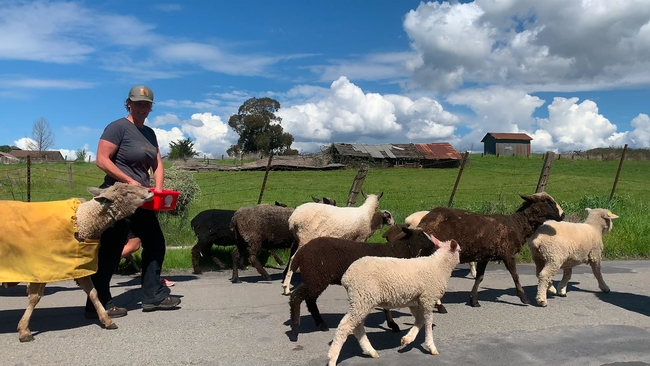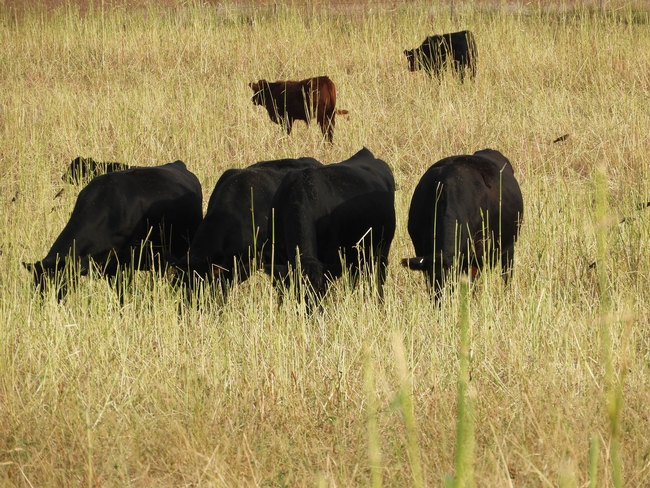Match.Graze and SD Grazing Exchange work to connect landowners and livestock managers
Improved soil health, increased profitability, and reduced spread of wildfire are among the many benefits that arise from keeping livestock on the landscape. Efforts are underway in California and South Dakota to connect landowners with livestock managers for their mutual benefit.
Farmers can increase the organic matter in their soil and reduce their fertilizer costs by allowing livestock to graze crop residue or cover crops on their land.
Nick Jorgensen, CEO of Jorgensen Land and Cattle in Ideal, SD, said that grazing every acre allows his operation to increase soil organic matter by up to 0.75% per year and cut fertilizer costs by $50 per acre with no yield loss.
Livestock managers can rest their pastures and reduce their feed costs by seeking out crop residue, cover crops and additional pasture or rangeland for their livestock to graze.
Jorgensen said that grazing cattle on all crop and cover crop acres cuts his feed and manure management costs by up to $2 per head per day.
Grazing livestock is also a cost-effective way to reduce the accumulation of fire fuels on the landscape, helping to slow the spread of wildfires. This can be especially important for land that is too steep, rocky or remote for mowing or chemical treatment.
“I've noticed on several fires, including extreme fires, the fence lines where the fire just stopped. And the one variable, the one difference, was grazing,” CAL FIRE Battalion Chief Marshall Turbeville said.
As this year has proven, fire is a serious risk to California landowners. That's one reason University of California Cooperative Extension has launched Match.Graze. It's a map-based website designed to help livestock owners find pasture, rangeland, cover crops or crop residue available for grazing and help landowners find cattle, sheep, goats and other livestock to graze their land.
“Every property is different and requires thoughtful consideration of how it should best be grazed,” said Stephanie Larson, director of UCCE in Sonoma County, UCCE livestock and range management advisor and co-creator of the livestock-land matchmaking service. “UC Cooperative Extension is here to serve. Put Match.Graze to work, and let's prevent catastrophic fire while helping landowners and agriculture.”
California landowners and livestock managers can visit MatchGraze.com, set up a free account, create a pin on the map and find a grazing partner.
The California website is based on the South Dakota Grazing Exchange, the original site launched by the South Dakota Soil Health Coalition with work supported by Natural Resources Conservation Service, U.S. Department of Agriculture.
Many farms in South Dakota have moved away from livestock to focus on row crops. However, increased diversity and incorporating livestock are two key principles for good soil health management.
At www.sdgrazingexchange.com farmers can find livestock to graze their crop residue or cover crops in order to capture the soil health benefits for their cropland without having to own livestock. Similarly, ranchers can give their pastures and rangeland a rest and reduce their feed costs by finding farmers with cropland to graze.
The Match.Graze and SD Grazing Exchange websites are not limited to California and South Dakota. Users from anywhere in the nation can create accounts on either website and advertise their land and livestock. The more people who use the websites, the better resources they will become.
When landowners partner with ranchers to keep livestock on the landscape, everyone wins, so the SDSHC will work to help other states create Grazing Exchange websites and connect to the maps and users of Match.Graze and SD Grazing Exchange. For more information, contact Cindy Zenk, SDSHC coordinator, at (605) 280-4190 or sdsoilhealth@gmail.com.


